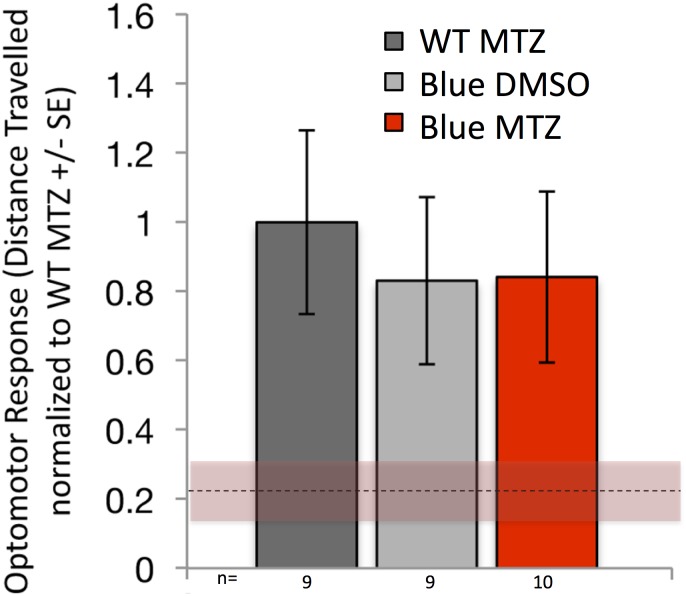Fig 10. Rapid functional recovery of visually evoked behavioural response is not dependent on blue cone generation or regeneration.
Blue cones were ablated in larvae, which were treated with the prodrug metronidazole (MTZ) for 48 hours beginning at 7 dpf, then behaviourally tested immediately following the removal of the prodrug. This treatment was intended to kill any blue cones that were potentially being generated during the 24–48 hours-post-ablation window, which was when behavioural recovery unexpectedly occurred in Fig 9. Dotted line & shading represent the mean ± SE of OMR response at 24 hours post ablation, i.e. is a benchmark of reduced visually mediated behaviour immediately following cone ablation derived from the red shaded bottom left histograms in Fig 9B. Despite this extended treatment of prodrug MTZ that prevented any putative regeneration/addition of blue cones, visually-mediated behaviour fully and rapidly recovered (compare red bar to grey controls, no significant difference) Figure legend as per Fig 9, such that red bars represent fish with blue cones ablated and grey bars represent control treatments. “WT MTZ” are wild type zebrafish receiving the prodrug metronidazole (MTZ) as a control treatment, presented in dark grey bars; “Blue DMSO” in light grey bars are a second control, representing transgenic fish that express nitroreductase for ablation of blue cones that received vehicle control (DMSO) only; “Blue MTZ” in red bars are transgenic fish treated with prodrug MTZ and thus had their Blue cones ablated. n = 9–10 fish per bar for the 48 hour treatment, as detailed in S2 Table that also reports the data prior to the normalization used to generate this Figure. The data are from fish comparable to those in the second set of histograms in Fig 9B, wherein visually-mediated behaviour had returned to control levels 24 hours after cone ablation; here, MTZ was kept on the larvae for an additional 24h (48h total) so that the rapid recovery of vision could be assessed while the addition/regeneration of blue cones was blocked. The recovery of vision to control levels in these conditions demonstrates that addition of blue cones (e.g. via regeneration or proliferation at the CMZ) is not required for the rapid recovery of vision reported in Fig 9B.

